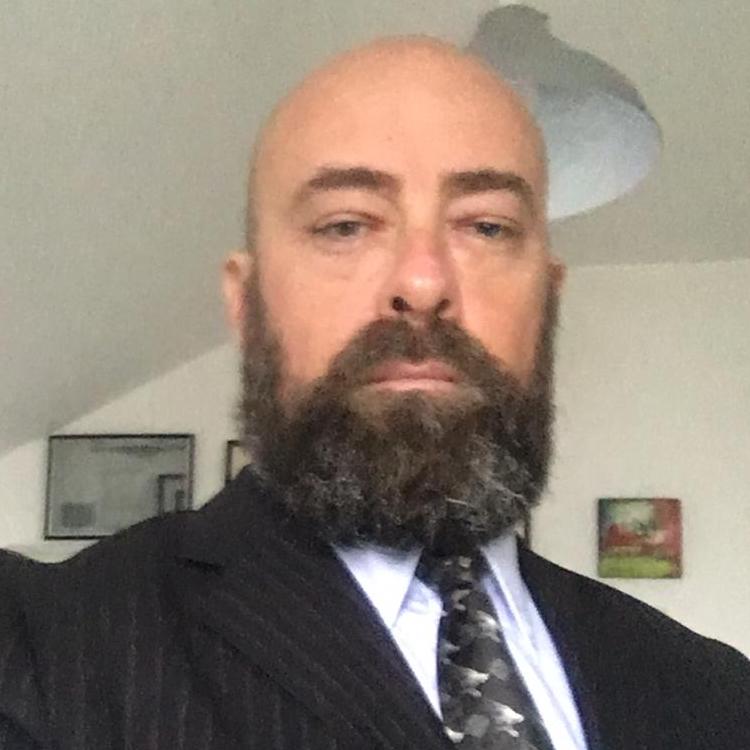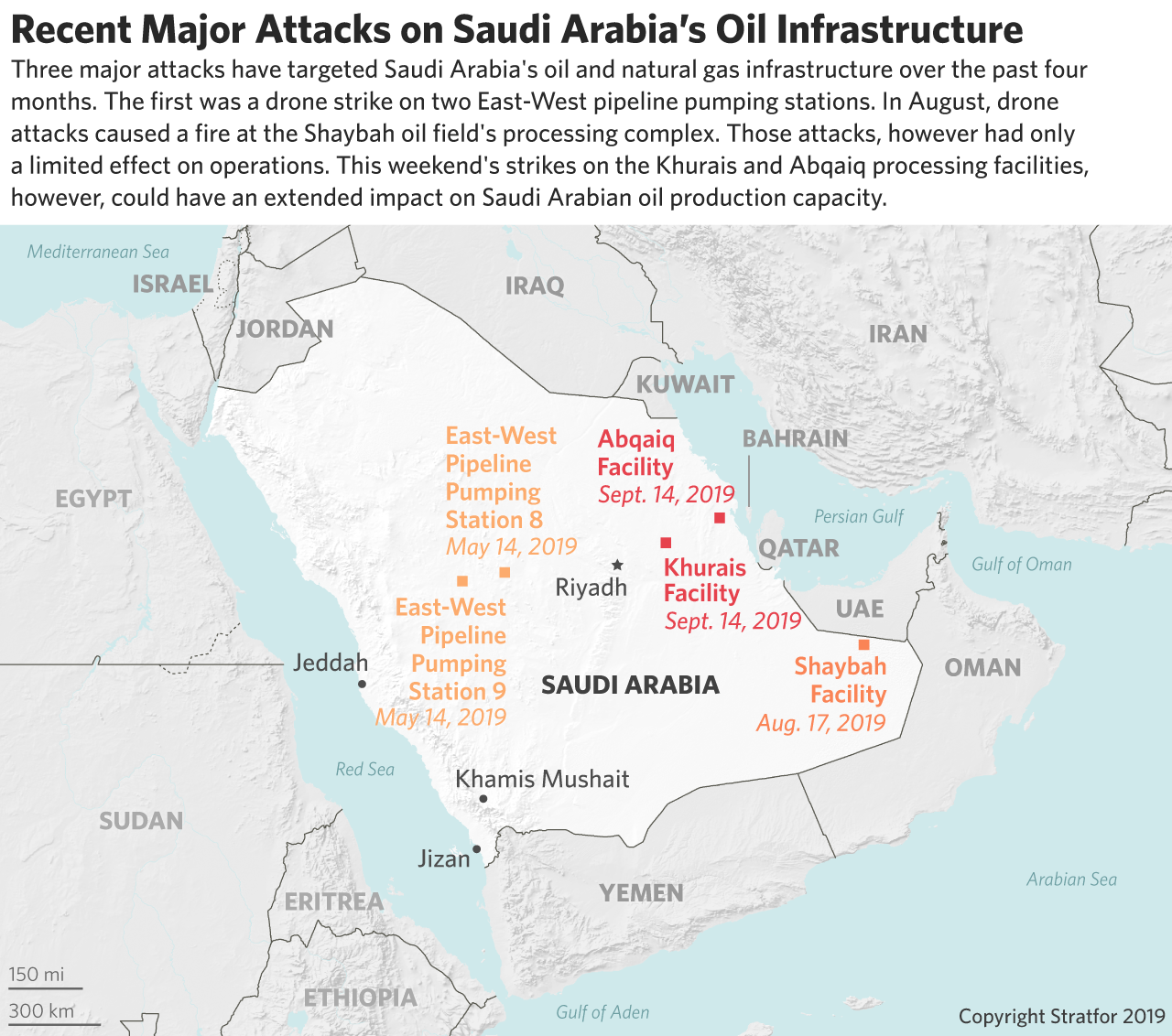This is the second part of a two part series by Dino Mora on influence operations in Costa Rica. You can read part one, “Around the Caribbean, Costa Rica Under Pressure” here.
Featured photo: Costa Rican Ambassador to the Russian Federation, Arturo Fournier Facio waits obediently while Russian Foreign Minister Sergey Lavrov signs a visa-free travel agreement with Costa Rica.
Russia, and the Soviet Union before it, has maintained a deep interest in Latin America since before the Second World War and in Costa Rica in particular since at least the 1970s. Their goal was – and remains – to develop a base for espionage and “active measures” as a non-nuclear deterrent against U.S. policies globally. In a 1992 report to Congress, the United States Information Agency defined Soviet active measures as “the manipulative use of slogans, arguments, disinformation, and carefully selected true information, which the Soviets used to try to influence the attitudes and actions of foreign publics and governments.” Or, as KGB defector Vasili Mitrokin put it: “political warfare conducted by the Soviet and Russian intelligence services.” Today those active measures are on full display around the world and Costa Rica is no exception. Understanding them requires an examination of the interesting history of active measures in Central America and how they shape Russia’s perception of their importance and effectiveness there.
Old Techniques
In his masterpiece, “The Mitrokin Archive”, the former KGB Major claimed Russia used active measures to manipulate events in Central America as early as 1940. At that time, a Soviet operative named Iosif Romualdovic Grigulevic took a leading role in assassinating Bolsheviks and Communists that were not loyal to Joseph Stalin. Grigulevic counted among his accomplishments the attempted assassination of Leon Trotsky at his villa in Mexico City and the sabotage of Nazi supply chains from the region during the Second World War. More striking perhaps is that he eventually assumed cover as a Costa Rican diplomat with the false identity Teodoro B. Castro. Posing as the illegitimate son of a prominent but very dead Costa Rican (his “father” was in reality, childless), Grigulevic served as the ambassador of the Republic of Costa Rica to both Italy and Yugoslavia between 1952 and 1954. His mission in Belgrade was to assassinate Yugoslav leader Josip Broz Tito, a task interrupted by Stalin’s death in 1953.
In order to “penetrate Costa Rica’s diplomatic corps”, Grigulevic posed as a wealthy Costa Rican businessman; a coffee expert with links to international coffee magnates. He used his money and connections to cultivate a relationship with Jose Figueres Ferrer (three-time President of Costa Rica) based on a joint venture to sell coffee in Europe. Figueres was an unlikely target. During his first term as President of Costa Rica (1948-49), Figueres banned the Communist Party from politics. It was not until he sought a third term in 1970 that he considered accepting funding from Communist sources. According to Mitrokin, Figueres held secret meetings with the KGB Resident in Costa Rica, A. I. Mosolov who eventually funneled more than $300,000 to Figueres from the KGB in exchange for a promise to establish diplomatic relations with the Soviet Union. Shortly after his re-election, Figueres did exactly that, oiling the government machinery that reopened the Soviet Embassy.
New Tools
Russian active measures did not end with the Cold War. If anything, Russia’s intelligence services dramatically expanded their use in the aftermath of Russia’s 2014 invasion of Ukraine. At any given time, observers can find evidence of ongoing Russian meddling in the United States, Syria, Turkey, Germany, Austria, Sweden, Poland, and of course, Latin America. Modern active measures use hostile social manipulation through media and radical-right groups as agents to accomplish Moscow’s twin goals of destabilizing Western societies and co-opting Western business and political elites. The tools are new but the techniques are not.
According to Russia’s 2015 Military Strategy, Moscow has two goals in Latin America. The first is to develop a functional alliance with a Central American country. Nicaragua is the natural first choice with its strategic geography, leftist government, and importance to a coalition of states closely aligned with Moscow; China, North Korea, Cuba, Iran, and Venezuela. Russia’s second goal is to develop collective security arrangements that can serve as non-nuclear deterrents against US policies elsewhere. A plan proposed in a May 2015 article by two well-known military thinkers: Aleksandr Perendzhiyev from the Association of Independent Military Political Experts, and Colonel General Leonid Ivashov, a member of the Academy of Geopolitical Problems, advocated the creation of combined Russian-Chinese units in Nicaragua and the stationing of Russian troops in Venezuela and Brazil. More ominous was their suggestion of placing a task force off the coasts of the US – an oblique reference to Cuba – that would have American territory in its sights. Such a “grand coalition” could include Iran as well and would be supported by a “major diplomatic and information offensive”; a euphemism for active measures.
The plan to build non-nuclear deterrents may already be in operation. Russian Defense Minister Sergei Shoigu started in 2015 with an official visit to Nicaragua that likely put the finishing touches on a deal to install a Global Satellite Navigation System (GLONASS) tracking station on the outskirts of Managua. In 2017, Russia opened a counter-narcotics training center there that gives them access to security officers from all over the Central American region. This represented an expansion of an already robust military and diplomatic presence in Nicaragua — estimated to be 400 to 500 people at any given time — that reflects increased Russian military engagement around the region. Venezuela is also experiencing a well-documented increase of Russian military advisors and exercises, as well as private military contractors working for the Russian government. In 2019, the Russian Navy sent its first-in-class frigate, Admiral Gorshkov (FFG 454) to Havana. The Admiral Gorshkov was allegedly transporting unspecified intelligence assets and was joined by at least two Russian support vessels.
Measuring Up Costa Rica
Well on its way to achieving its strategic basing and non-nuclear deterrence goals, Russia can use its position in Nicaragua, Cuba, and Venezuela to influence all the other countries in Central and South America with Costa Rica as the natural next target for active measures. Accordingly, a series of political and economic phenomena have affected Costa Rica in ways detrimental to its stability since late 2018, leading one high level Costa Rican politician to claim it was occurring “under the direction of the Russian Federation.”
From September to November 2018, Costa Rica suffered a massive strike that paralyzed the economy. Ostensibly a response to a tax reform proposal, the strike served instead to focus public opinion against the government’s decision to accept an influx of refugees from Nicaragua. The strike, and subsequent manifestations of xenophobia in the capital were suspected to be the work of Nicaraguan and Cuban intelligence operatives, some of who are believed to have infiltrated amongst the refugees. Their work included a series of violent incidents disguised as crime including: acts of sabotage to the media company, Teletica, an oil pipeline, and the national electric and telecommunications company. The attempted assassination in July 2019 of Zoila Rosa Voilo, a member of the Legislative Assembly, and a wave of violent crimes unfairly attributed to Nicaraguan refugees is also likely to be the result of an ongoing intelligence operation to weaken Costa Rican resistance to foreign influence.
The destabilization of Costa Rica’s democratic system is the endgame of Cuban and Nicaraguan intelligence operations in the service of a broader Russian ambition to establish an economic, political, and geo-strategic sphere of interest in Latin America. The extent to which this is the outcome of a well-laid strategic plan that encompasses Russian activity across the region or just the Kremlin’s uncoordinated vision for influence is something that cannot be determined. However, the tradecraft used, especially for the massive disinformation campaign, coupled with the temporal coincidence of some Russia-friendly decisions by San Jose, suggests the suspected Cuban and Nicaraguan intelligence operations affecting Costa Rica are in fact coordinated with and supported by Moscow. Measuring up to the threat will require Costa Rica to master new techniques as well as the new tools available for influence.
 Dino Mora is an experienced Intelligence and Security Operations Specialist with a demonstrated history of working in the international affairs industry. His expertise includes Intelligence Analysis/Reporting, Counterintelligence, TESSOC threats, Tactical, operational and strategic Assessment/Planning, Counterinsurgency, Security Training & Team Leadership. He has extensive experience in NATO multinational operations and intelligence operations. Multilingual in Italian, English, and Spanish. He graduated from the Italian Military Academy.
Dino Mora is an experienced Intelligence and Security Operations Specialist with a demonstrated history of working in the international affairs industry. His expertise includes Intelligence Analysis/Reporting, Counterintelligence, TESSOC threats, Tactical, operational and strategic Assessment/Planning, Counterinsurgency, Security Training & Team Leadership. He has extensive experience in NATO multinational operations and intelligence operations. Multilingual in Italian, English, and Spanish. He graduated from the Italian Military Academy.




 As the world’s leading geopolitical intelligence platform, Stratfor brings global events into valuable perspective, empowering businesses, governments and individuals to more confidently navigate their way through an increasingly complex international environment. Stratfor is an official partner of the Affiliate Network.
As the world’s leading geopolitical intelligence platform, Stratfor brings global events into valuable perspective, empowering businesses, governments and individuals to more confidently navigate their way through an increasingly complex international environment. Stratfor is an official partner of the Affiliate Network.
